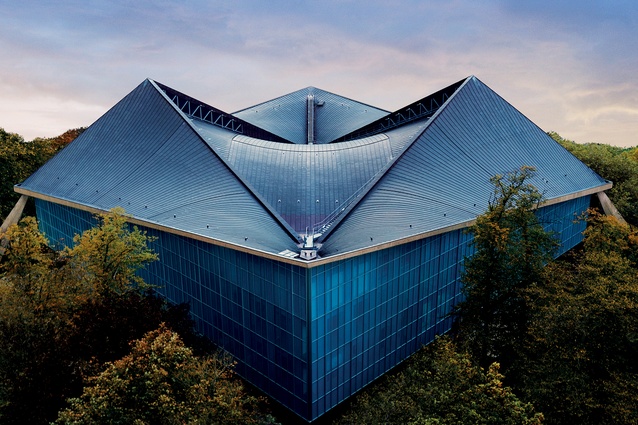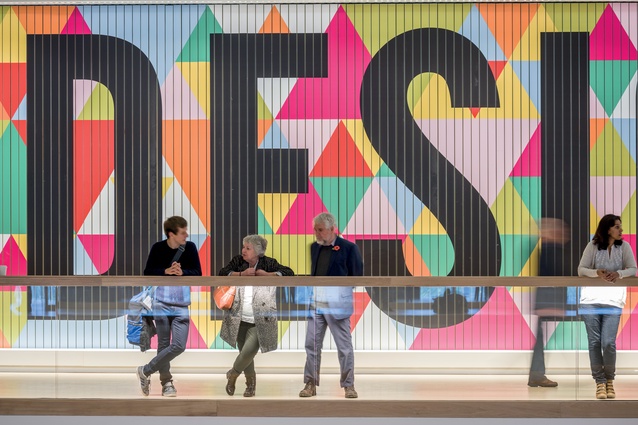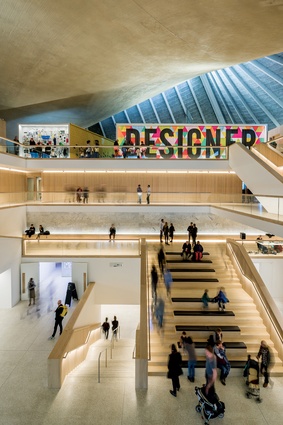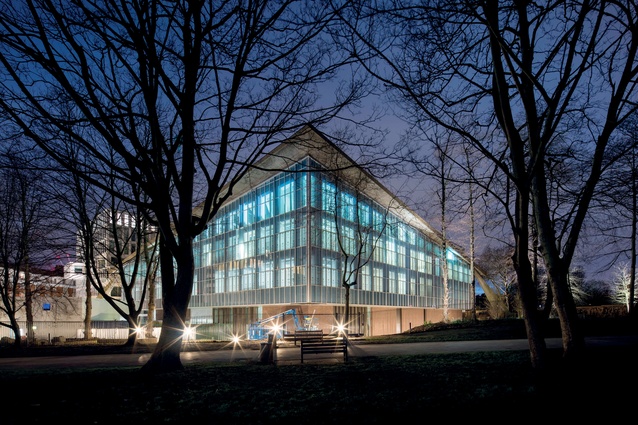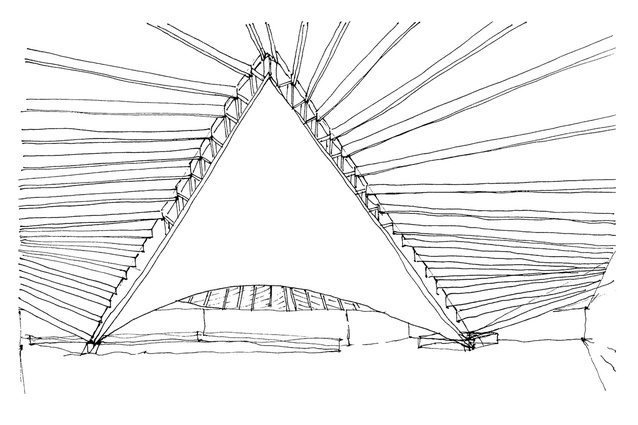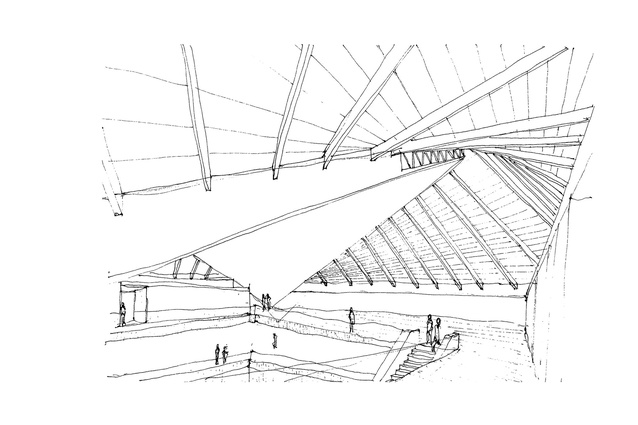A temple of design
Colin Martin visited John Pawson’s new revitalisation of the spectacular Design Museum in London.
“I can honestly say that the Design Museum will remain the project of a lifetime,” says architectural designer John Pawson, who ‘retuned’ the former Commonwealth Institute, adjacent to Holland Park in London, as the museum’s new home.1
Designed by Robert Matthew, architect of the Royal Festival Hall, the institute opened its doors in 1962. The iconic Grade II-Listed building, with its hyperbolic paraboloid roof constructed from 25 tonnes of Zambian copper, was renowned as ‘the tent in the park’.
The institute was closed in 2002 and by 2008, when the building’s potential utility as a museum was assessed, it had become a derelict and unloved ‘white elephant’.

Work on its NZ$148-million transformation began in 2014. OMA, Allies and Morrison, and Arup restored its concrete roof; replaced its façade with a double-glazed skin, which was detailed to resemble the original blue-coloured exterior; and removed its original concrete floors, which entailed propping up the roof on a temporary steel structure.

Entering the museum, there is a spectacular three-storeyed atrium, providing dramatic views of the buttresses supporting the floating solid concrete roof, which in turn supports the thin copper roof above. A wide oak staircase, its steps partially inset with leather seating, rises up to the mezzanine level. Further staircases provide access to the first and second floors.
Nowhere do materials used by Pawson distract from the appreciation of exhibited works. “We work with a limited palette but we like to add something different,” says Chris Masson, an architect in Pawson’s practice. In this particular case, it is a huge wall panelled with pale-grey marble facing the top of the mezzanine staircase.
At first sight, this wall whispers ‘Adolf Loos’ as an influence but, actually, its marble panels came from the former institute, having previously been salvaged from its Victorian predecessor, the Imperial Institute in South Kensington, which was demolished in 1957.
The usable space at the institute was increased from 6,000 to 10,000m2, which is three times the museum’s previous floor area at Shad Thames. The new museum has six floors: lower and upper basements, ground-floor atrium, mezzanine level, and first and second floors. Standing in the atrium, the interior space resembles an inverted ziggurat with wide internal terraces sweeping around each of the three levels above.
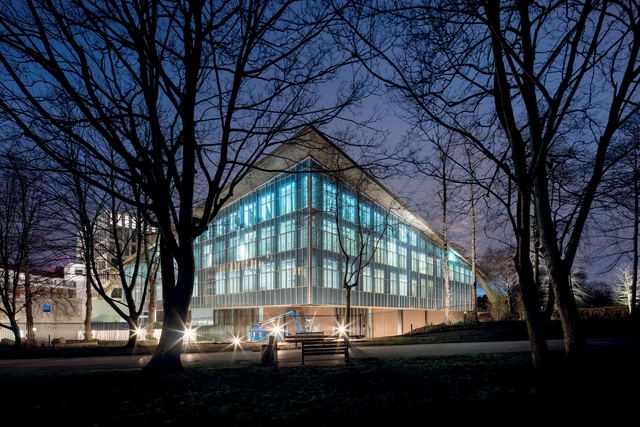
A second, two-storeyed atrium at the top of the building provides light for offices housing the museum’s 70 staff and also for the library. Here, the underside of the roof is almost within touching distance and it is possible to see how it arches across the entire 50m width of the building. Clerestory windows admit daylight, which changes both seasonally and throughout the day.
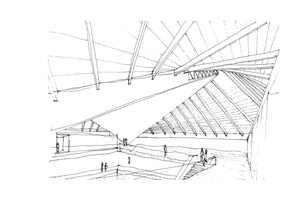
The new Design Museum is a felicitous amalgam of the exuberant structural optimism of 1960s’ architecture and minimalist restraint in the 21st century, which Pawson interprets as stripping away inessentials to achieve spatial clarity. Museum director Deyan Sudjic projects a 400,000 increase in visitors to 650,000 a year. It is unlikely that he will be disappointed.
A current exhibition, Fear and Love, Reactions to a Complex World, which runs until 23 April 2017, presents eleven new installations by some of the most innovative and thought-provoking designers working today, including Sam Jacob Studio, OMA, Hussein Chalayan, Neri Oxman, Kenya Hara and Arquitectura Expandida.
1. The Story of the Design Museum (Phaidon, London and New York, 2016), page 105.

